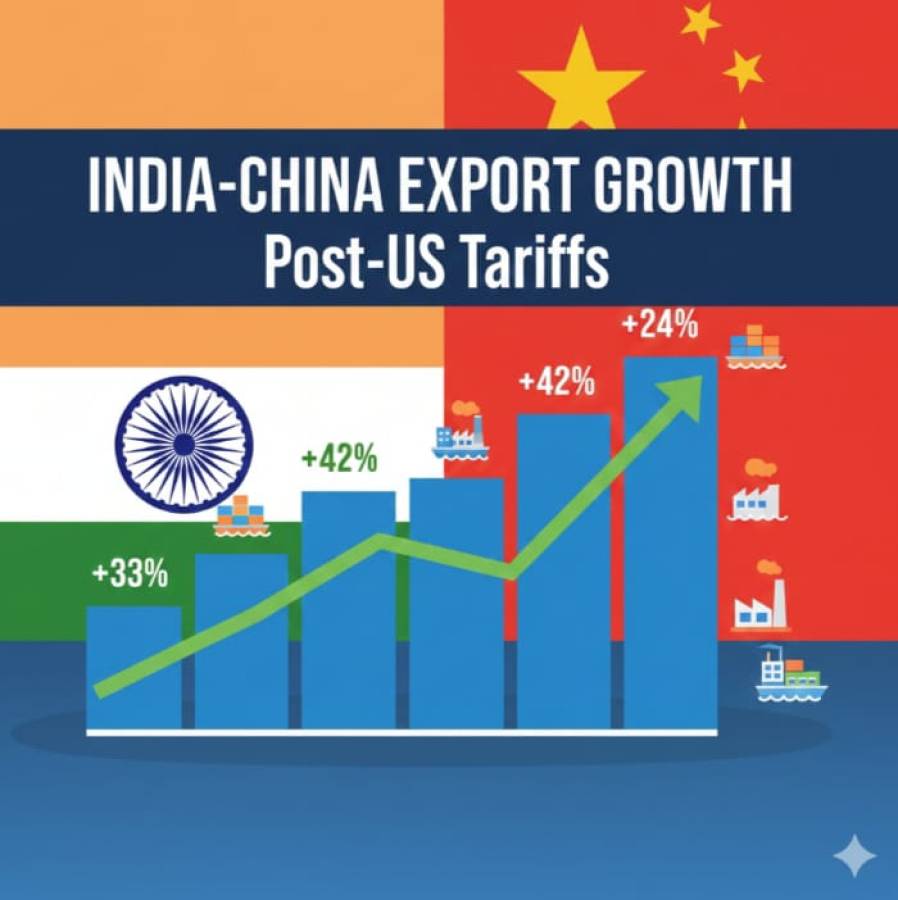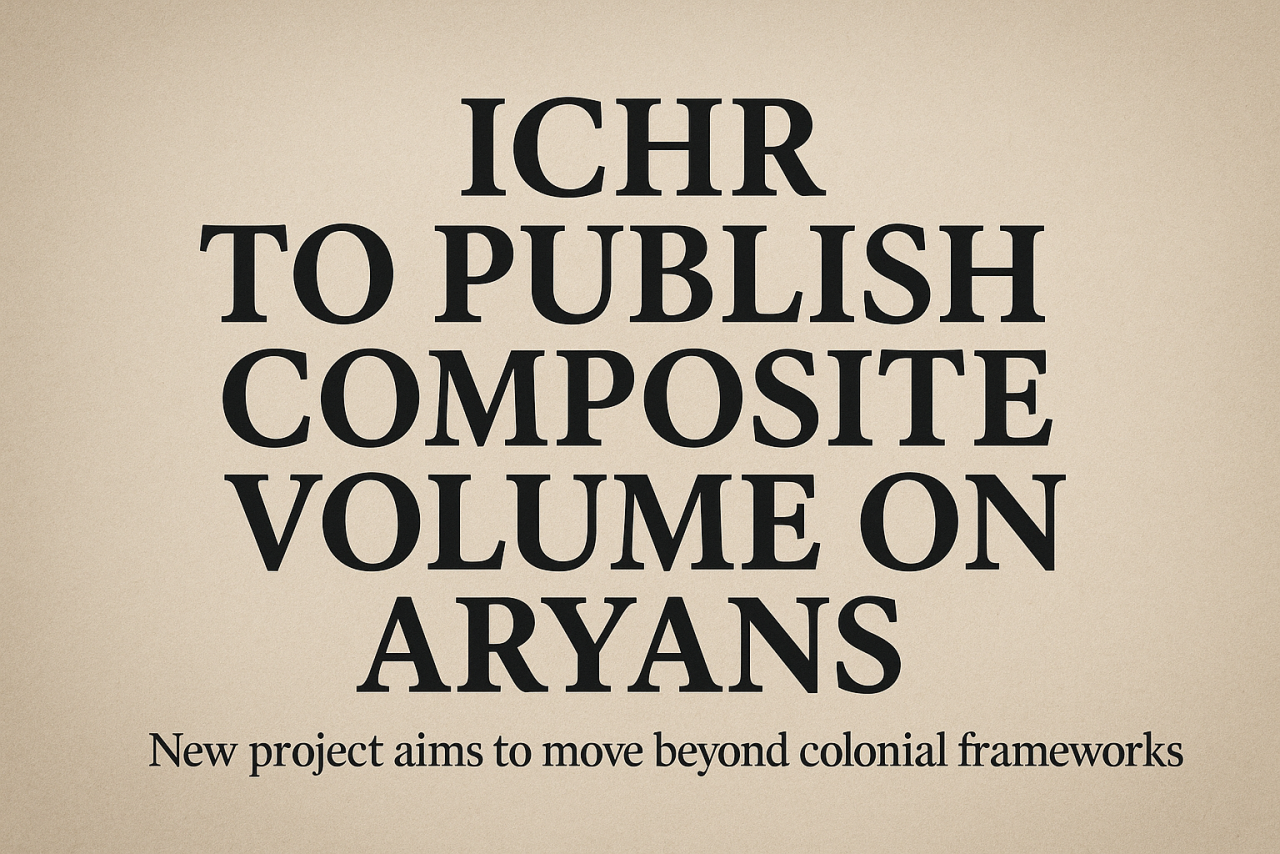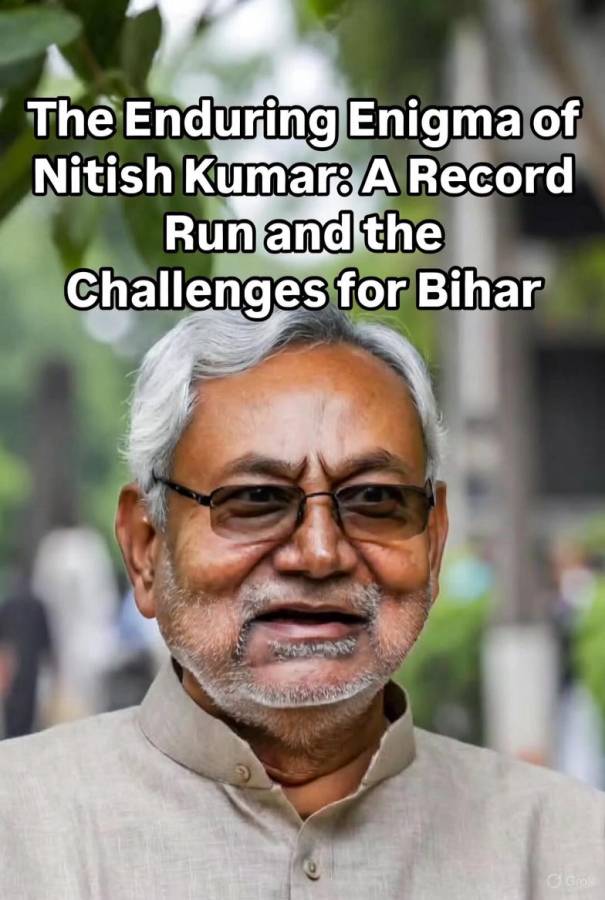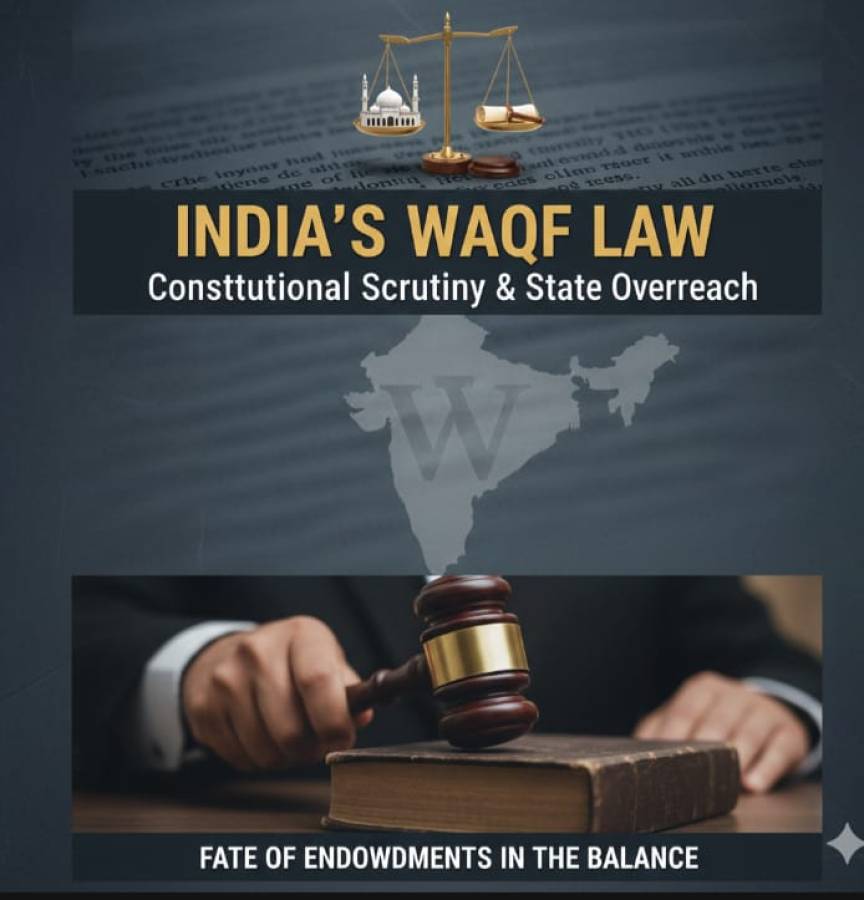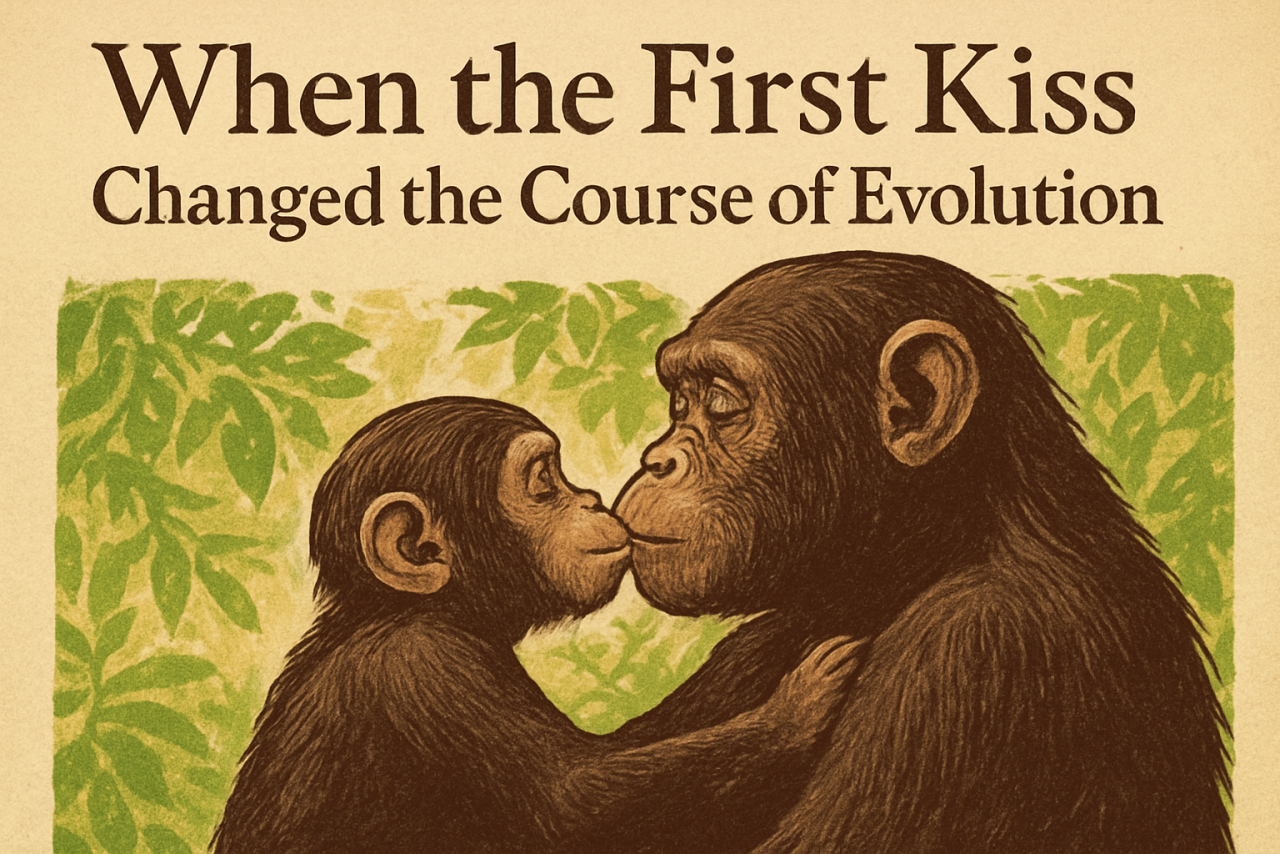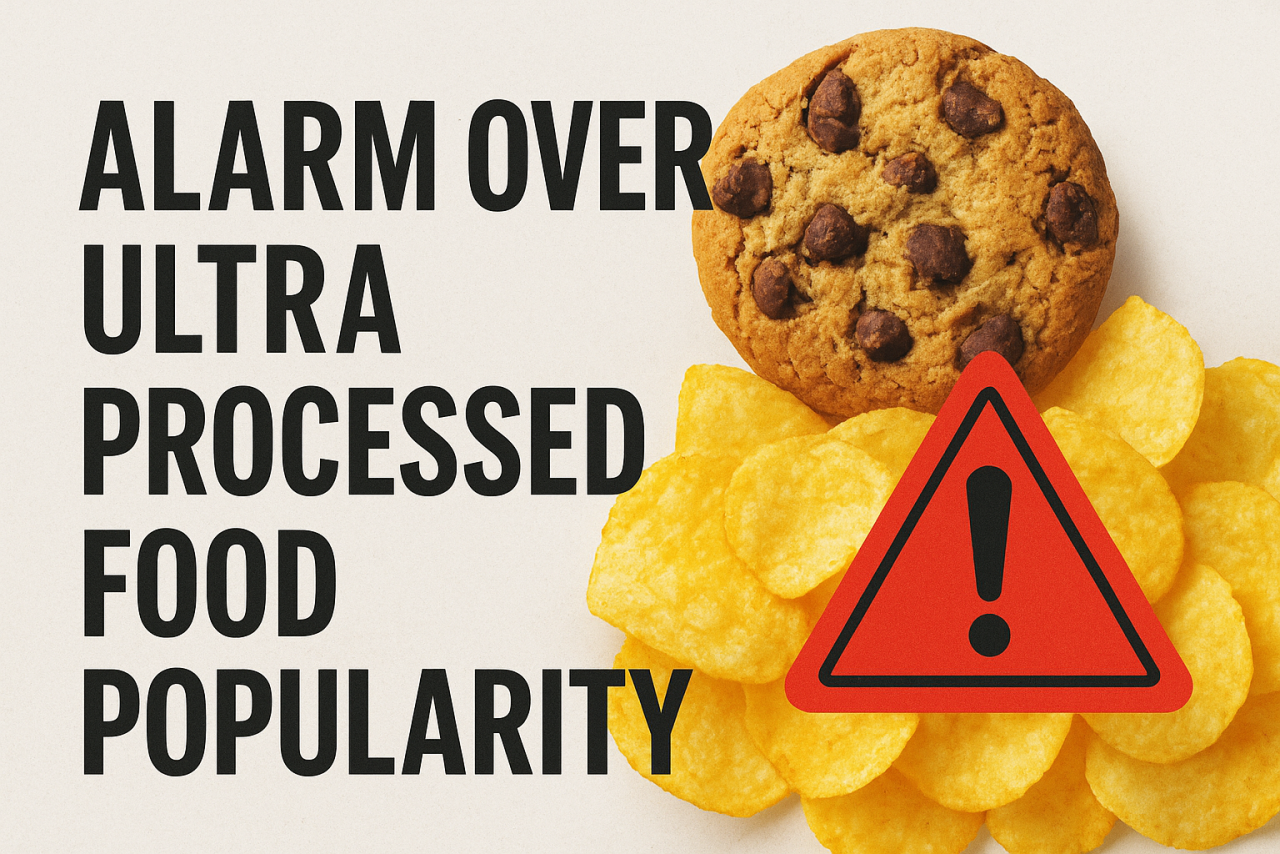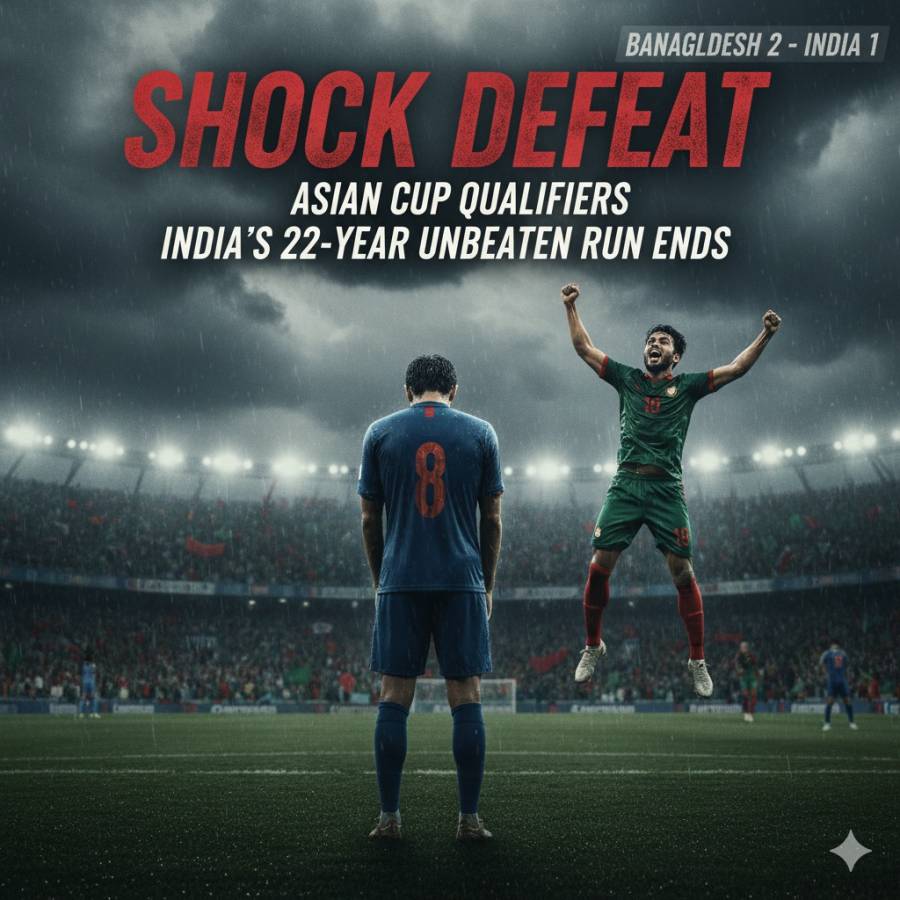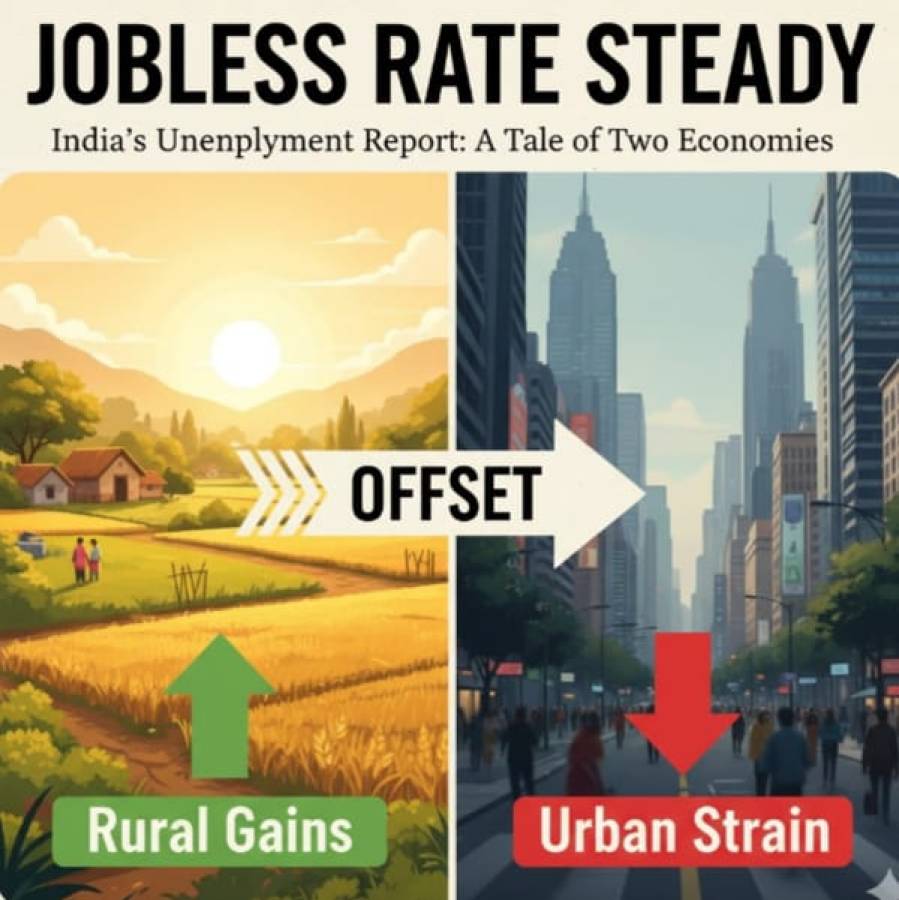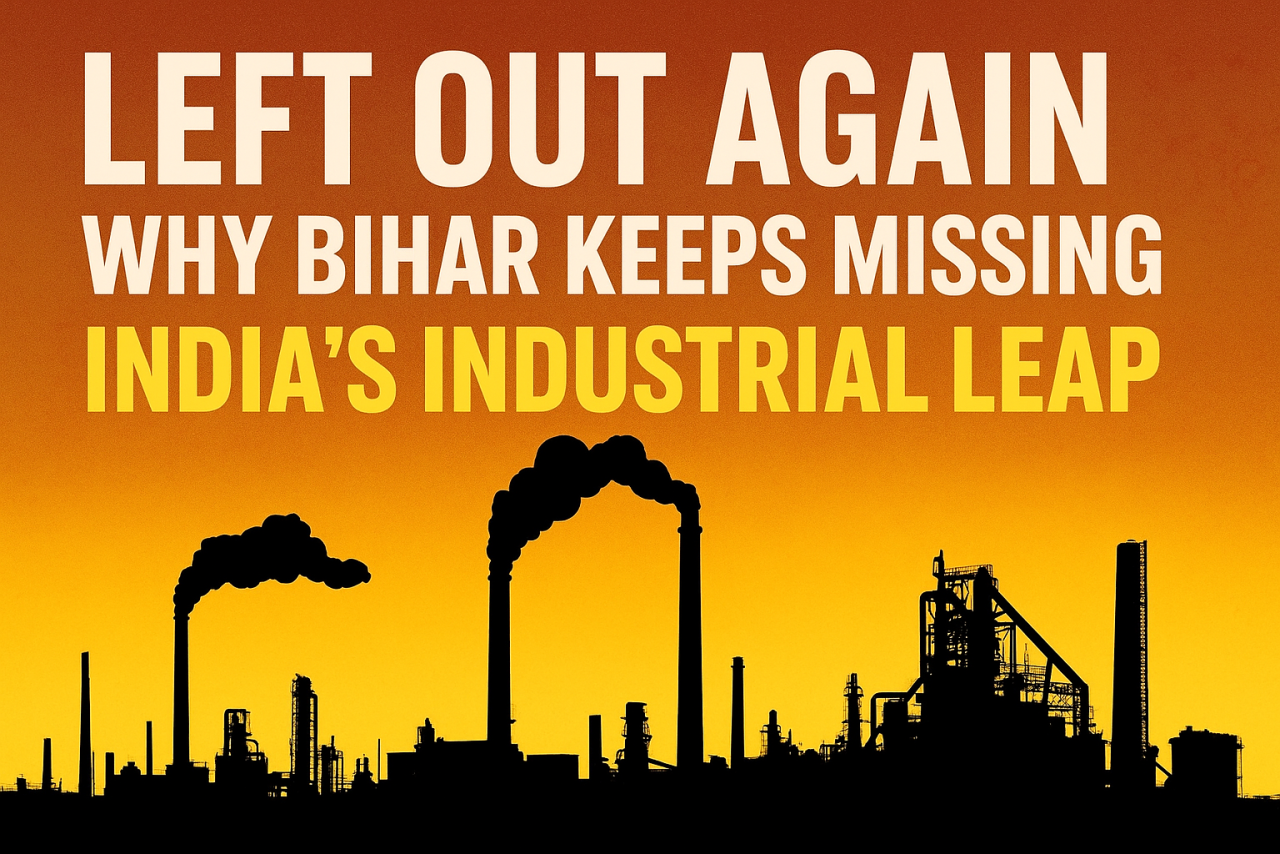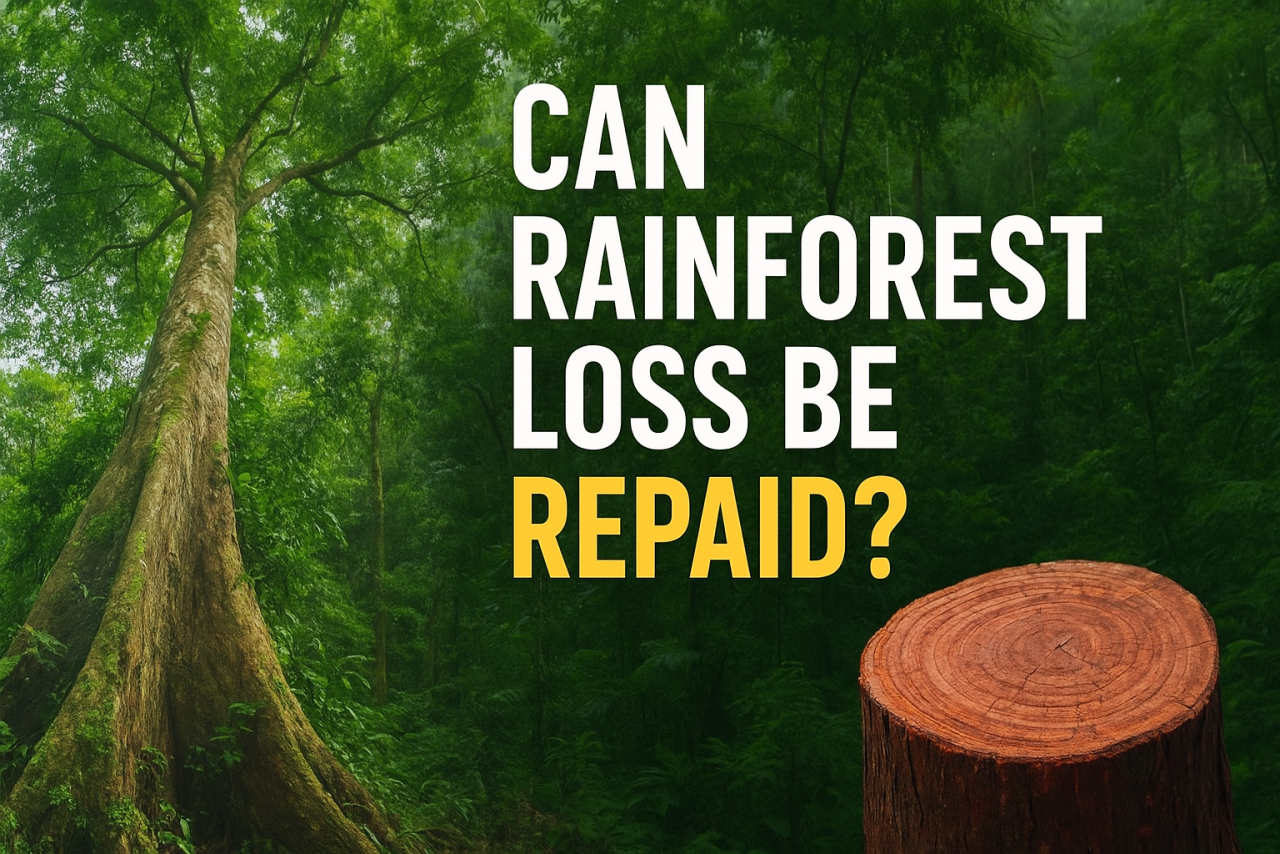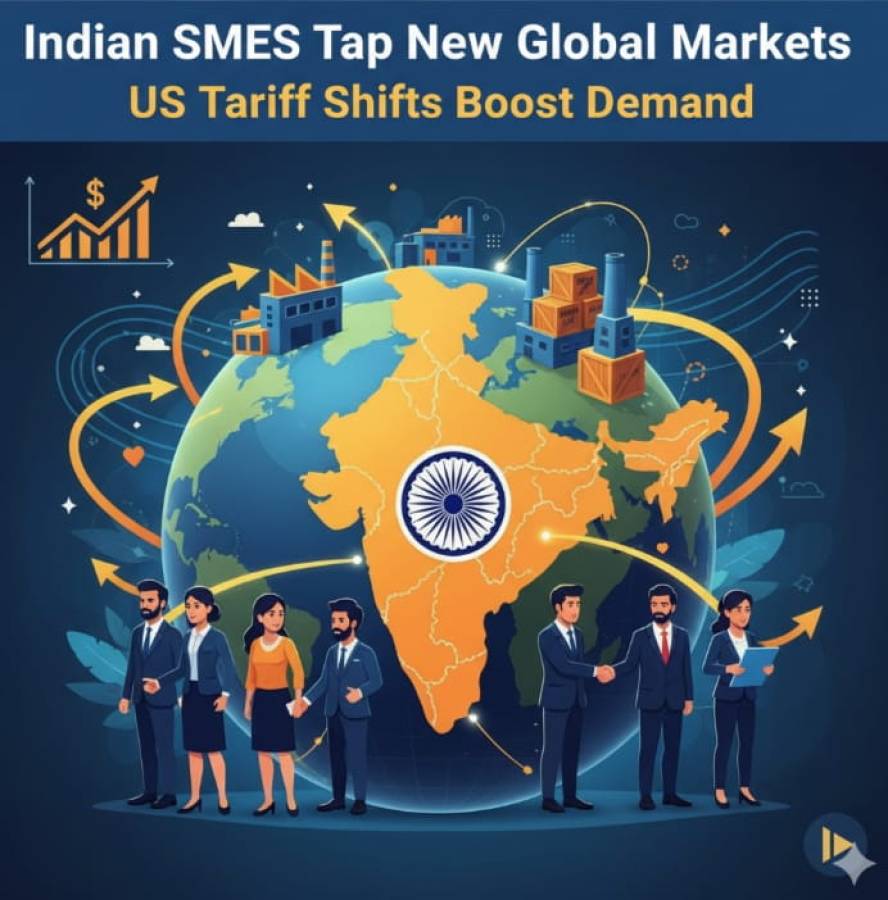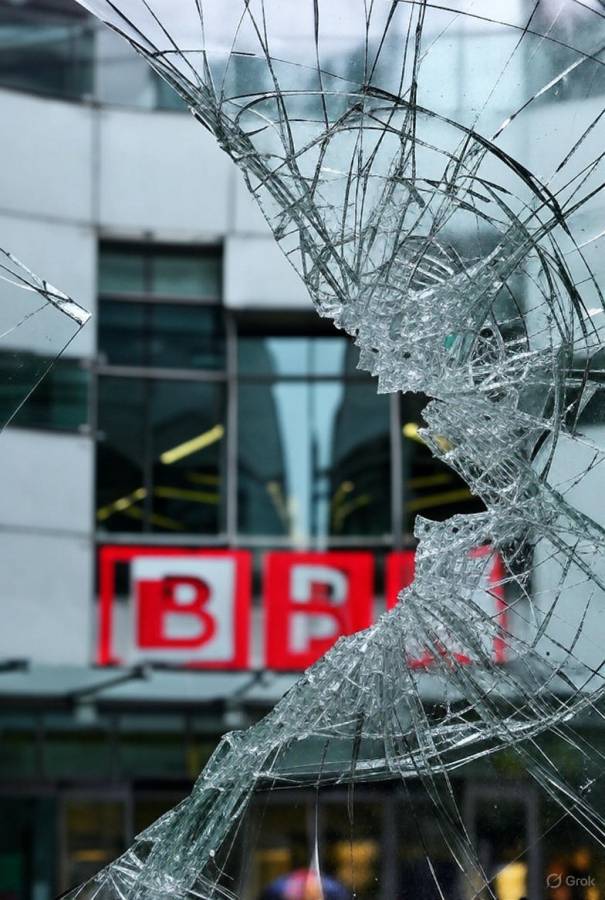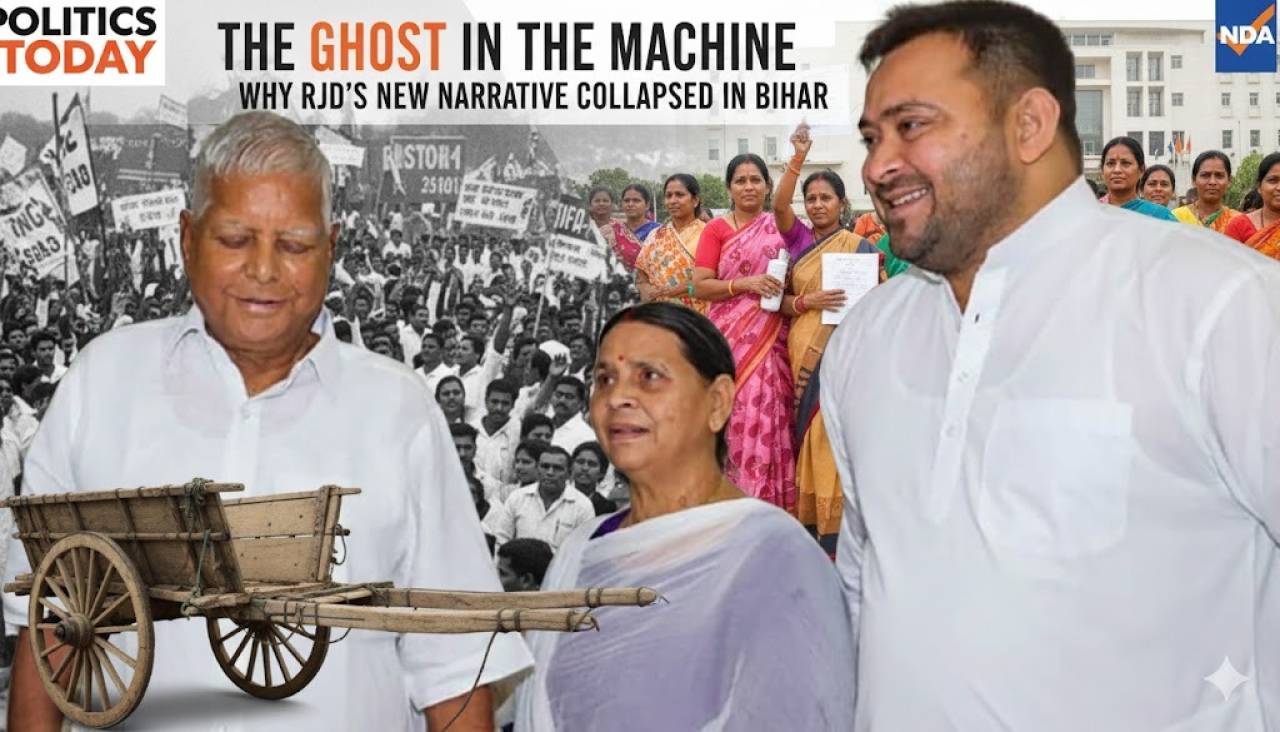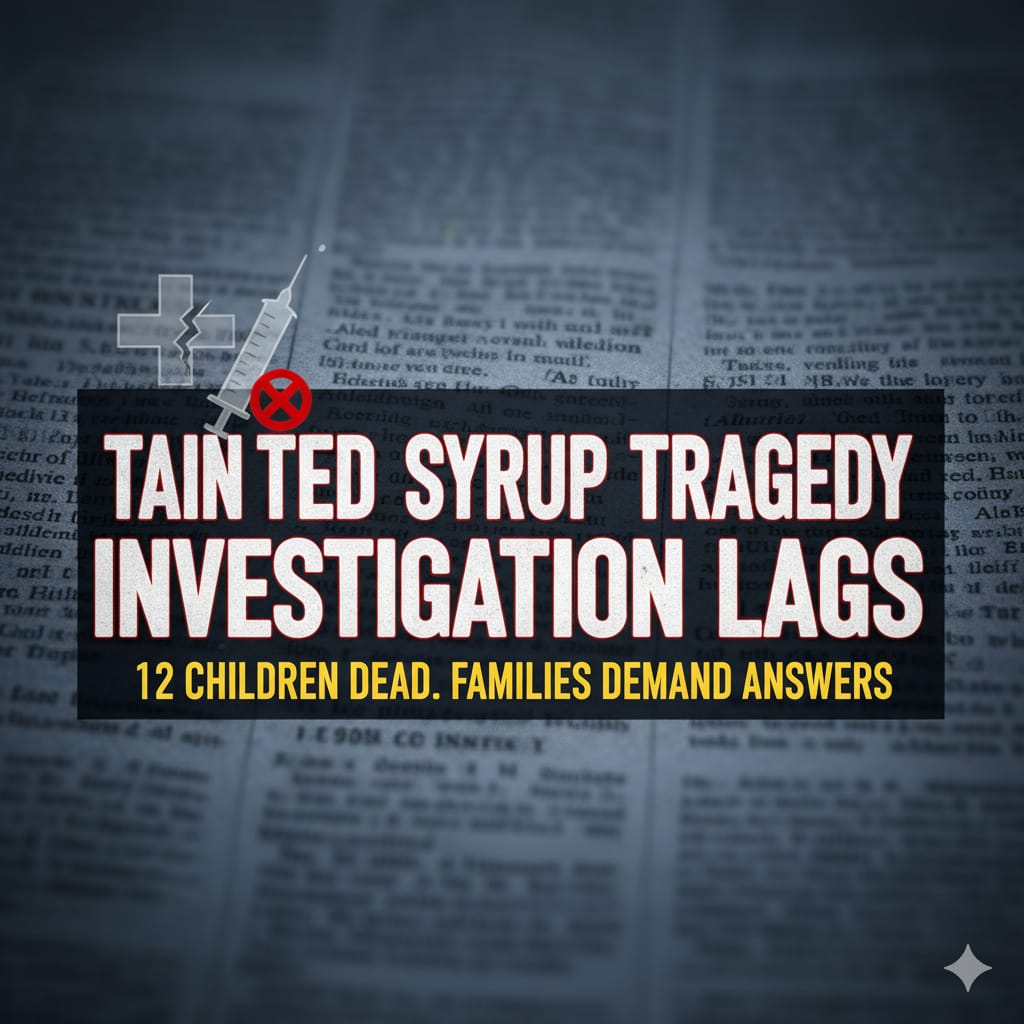
Medicine is meant to heal. But for twelve children in Madhya Pradesh and Rajasthan, it became the silent executioner. What began as a cluster of mysterious acute kidney injury cases has spiraled into a tragedy that exposes India’s fragile drug safety net, where investigations drag, accountability dissolves in bureaucratic haze, and trust in medicine itself stands shaken.
A Death Toll That Refuses to Stop
From Chhindwara in Madhya Pradesh to towns in Rajasthan, families have buried children who once coughed, cried, and clung to life. Symptoms began with vomiting and difficulty in urination, but soon kidneys failed, lungs filled, and small bodies gave up. Twelve children, all under ten, are dead. Many others battle for survival.
At the center of suspicion: cough syrup. Initial reports linked the fatalities to a popular brand sold across the affected districts. The usual culprits—diethylene glycol (DEG) and ethylene glycol (EG), industrial solvents that turn syrups into poison—were suspected. These are not unfamiliar names. They have cast their shadow from Panama in 2006 to Gambia in 2022, where hundreds of children died after consuming contaminated syrups.
Yet, in India’s case, the trail is murkier. Laboratory results from central government facilities denied finding DEG or EG in the first set of samples collected from Chhindwara. The mystery deepened. Were only certain batches contaminated? Was the testing inadequate? Or is there another hidden toxin at play?
A Labyrinth of Investigations
The search for answers has dragged multiple agencies into the fray. The Central Drugs Standard Control Organisation (CDSCO), the Indian Council of Medical Research (ICMR), and the National Institute of Virology (NIV) are all testing samples. Local drug controllers have sent additional medicines — including paracetamol and multiple cough syrup brands like Coldrid and Nova DS — for fresh examination.
Meanwhile, a Tamil Nadu-based manufacturer that produced one of the syrups has come under intense scrutiny. Its product, Coldrid, has been in the market for nearly two decades. Officials are combing through supply chains, distribution records, and production facilities to determine whether negligence, adulteration, or cost-cutting paved the road to tragedy.
But weeks have passed since the first deaths, and definitive answers remain elusive. Families wait with grief turning into fury. Doctors express frustration. Regulators issue statements promising “rigorous testing.” And the children keep dying.
When Medicine Betrays Trust
Behind every statistic is a story too raw to ignore. In Chhindwara, Yasir Khan lost his two-year-old son after a week of pain and breathlessness. “I sold my auto to save him, but he died in my arms,” he said, still stunned by the cruel betrayal of medicine he believed would heal.
Another father in Rajasthan recalls his son’s desperate decline. Fever, followed by difficulty in breathing, then rapid kidney failure. The boy was admitted to hospital, but nothing worked. The medicine given to ease his cough sealed his fate.
These stories echo across households where parents bought bottles believing in cure, only to discover they had purchased death. For families with little access to qualified doctors, the pharmacy counter is often the first and only line of defense. But when that counter dispenses poison, what hope remains?
A Familiar Pattern of Neglect
This is not India’s first encounter with poisoned medicine. In 1998, DEG-laced cough syrups killed children in Delhi. More than once, syrup contamination has been flagged by international watchdogs. Each time, outrage erupts, bans are announced, investigations launched and then the storm subsides, leaving systemic rot intact.
The recurring pattern is quite obvious. Cost-cutting manufacturers sometimes replace pharmaceutical-grade solvents like glycerine with cheaper, industrial-grade substitutes. Regulators fail to catch these lapses until bodies pile up. Testing infrastructure is often weak, inconsistent, and shockingly slow. And by the time action comes, damage is irreversible.
The Accountability Void
In this latest tragedy, the Ministry of Health has so far confirmed only what the samples did not contain. But denials are not answers. Advisories to parents to “avoid unsupervised medication” ring hollow when entire villages lack access to qualified practitioners. Blaming desperate parents for turning to local chemists or quacks is an abdication of state responsibility.
Accountability must extend beyond technicalities. Who cleared the batches for sale? Why were substandard drugs not detected earlier? How long will testing protocols take before families receive truth and justice? Until such questions are answered, every official statement remains an exercise in delay.
The Wider Fallout
India prides itself as the “pharmacy of the world,” supplying affordable medicines to developing countries. But recurring episodes of contaminated drugs, both within and outside India, risk eroding that reputation. The Gambia tragedy in 2022 already cast a shadow on India’s exports. Another episode, even if localized, weakens global confidence in our regulatory framework.
Domestically, the fallout is equally grave. Rural families already mistrustful of hospitals now hesitate to administer basic medicine. Doctors find themselves battling both illness and suspicion. And children continue to pay the price of a system where life is cheap and negligence rarely punished.
What Must Change — Urgently
This is not just another case file. It is a national emergency that demands urgent reforms:
- Rigorous, Standardized Testing: Laboratories must adopt uniform, highly sensitive protocols to detect contaminants across all states. Conflicting results only deepen mistrust.
- Zero Tolerance for Negligent Manufacturers: Any company found guilty of adulteration must face license cancellation and criminal prosecution. Lives cannot be collateral damage to corporate profit.
- Crackdown on Spurious Practitioners: Unqualified healers who prescribe syrups casually are silent accomplices. States must empower communities to report such practices and ensure swift action.
- Public Awareness Campaigns: From schools to rural health centers, parents must be educated that cough syrups — however harmless they seem — should never be administered without medical advice.
- Transparent Investigations: Families deserve timely updates, not bureaucratic silence. Every delay is a betrayal of those who trusted the system.
A Lesson Written in Children’s Blood
The twelve children who died in Madhya Pradesh and Rajasthan are not just victims of a tainted syrup. They are victims of systemic apathy. Victims of regulators who move slower than poison. Victims of a healthcare system where warnings arrive after funerals.
If India cannot protect its youngest citizens from medicine meant to heal, what does progress mean? To call this tragedy a wake-up call is an understatement. It is a siren wailing across the nation, demanding that we treat every child’s life as sacred, not expendable.
The bottles of syrup that stole these lives must not become forgotten relics of another investigation that fizzled into obscurity. They must become the turning point — when India finally decided that public health, especially child safety, is not negotiable.
Until then, every cough syrup bottle in a rural pharmacy will be less a cure, more a gamble. And parents will wonder: is this medicine life, or death in disguise?


